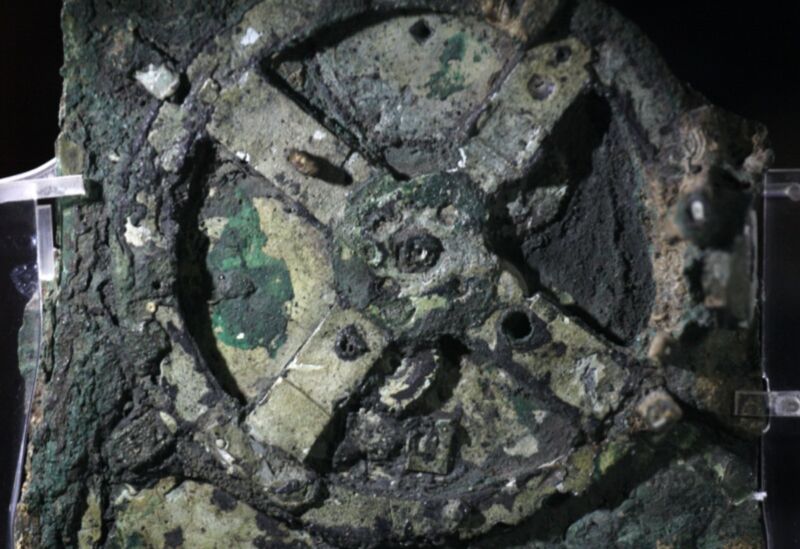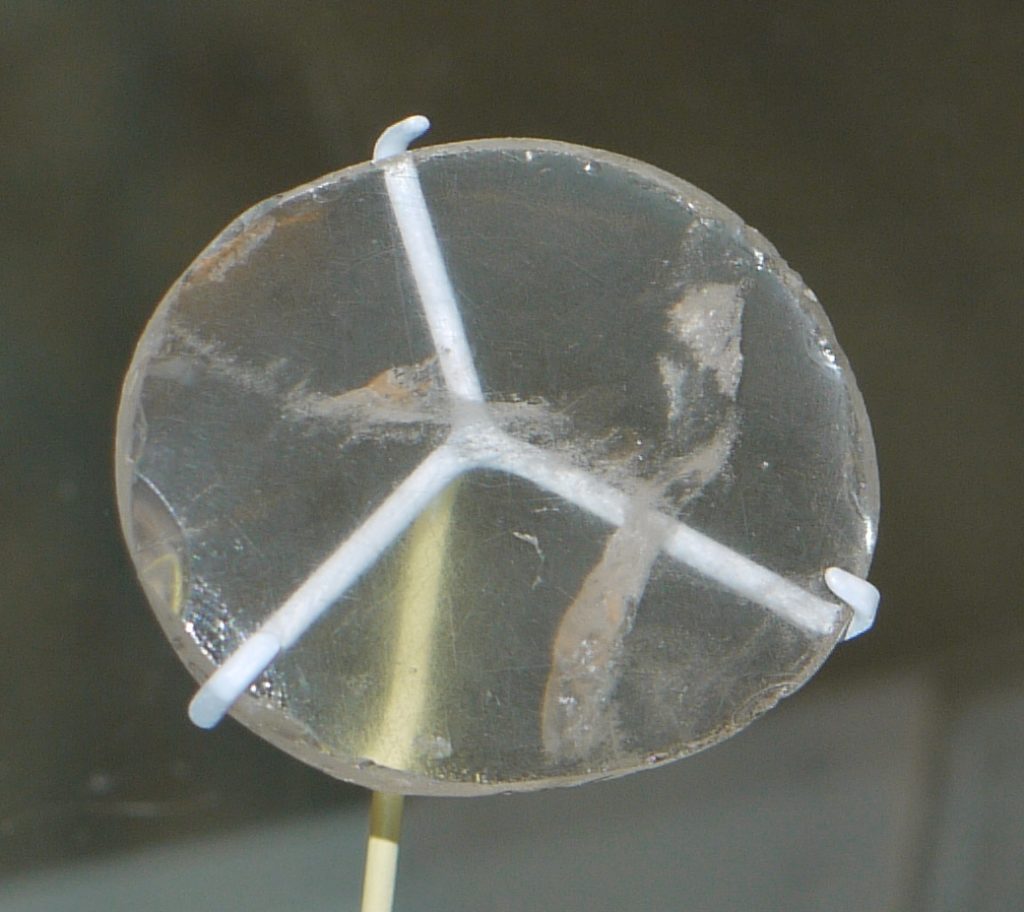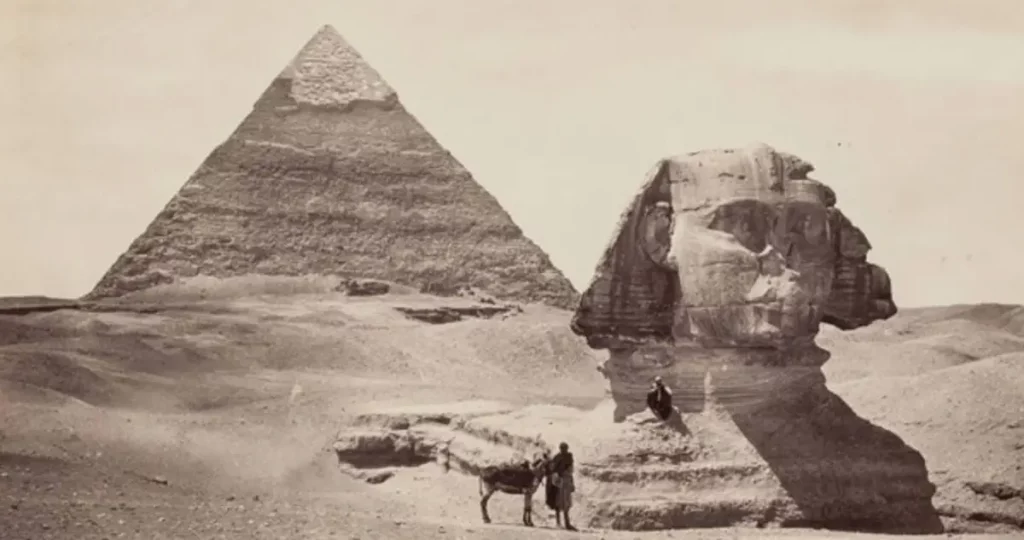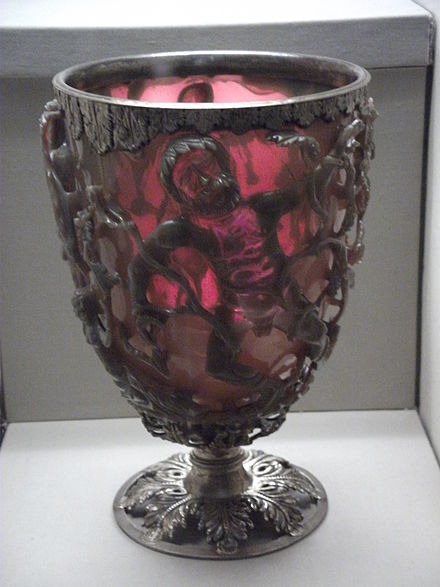Last updated on December 16th, 2022 at 03:39 am
Human civilization has been around for a long time, and we’ve invented some wonderful things throughout history. But unfortunately, there are lots of ancient technologies that have been lost to time.
In some societies, the method was so commonplace that nobody ever thought to write it down, and as those empires fell, we lost the technology forever.
But in other cases, these inventions were closely guarded secrets, and the people didn’t want other people to know.
We explore some of the most famous ancient inventions that still stump historians today, from ancient batteries to epic warfare tools.
The Antikythera Mechanism
Divers discovered the Antikythera mechanism (or device) while exploring a shipwreck in 1900 off the coast of the Greek island Antikythera.
It looks like the very first computer. The device is complex, with gears surrounding a metal disc dating around 2000 years ago.

For the last 100 years, researchers have studied the mechanism extensively and could not shed light on its true function.
It could have been related to the zodiac, the moon, or tracking lunar and solar eclipses. It could have tracked the solar system.
Greek Fire
This epic fire was used by the Byzantine Empire in warfare from the 600s to 1200s and is one of the most famous technologies lost to human history.
Some historians think it could be a form of napalm, but the chemical components of Greek Fire still haven’t been rediscovered.

The Byzantines were very secretive (as they didn’t want it to be used against them), and when the Empire went under, so did the fire recipe.
It was sticky and could burn on water, only able to be put out with vinegar, sand, and urine. So the Byzantines mounted the fire to their ships via a pipe, and it sprayed deadly gel fire at their enemies.
Vitrum Flexile (Flexible Roman Glass)
Vitrum Flexile was a flexible glass supposedly lost during Tiberius’ reign in Ancient Rome.
The inventor brought the glass to Tiberius as a drinking bowl and was put through experiments to break it.
However, it only got dented instead of completely shattering, and the inventor repaired the bowl with a hammer.
He was adamant he was the only person alive who knew the technique to create this flexible glass.
Reportedly Tiberius had the man killed, as he was worried the glass would become more valuable than gold and silver. The technique died with him.
There are theories that this flexible glass could have been made using a similar method in creating fiber optic cables, but we don’t know if it’s the same. This is achieved by using very pure glass with minor defects.
Roman Concrete
Roman concrete is another famously lost technology–and the reason it was lost was that the method was so obvious to the Romans that they never thought they needed to record it anywhere.
Modern cement lasts around 80 years, but Roman concrete (so far) doesn’t degrade over time and can last hundreds of years.

Ancient Rome spanned most of Europe and the Middle East at the height of its power.
Their structures, like the Pantheon, Colosseum, baths, and aqueducts, are still found today.
Their road system is still used throughout the European continent, although it has been improved over time. But the Roman cement used to make all these buildings hasn’t been touched on. It has stood strong for hundreds of years.
Over time, historians have discovered the secret ingredient to make Roman concrete was volcanic ash, but they do not know how the Romans created it.
There are theories they also used seawater to solidify it, but in all experiments, the cement takes much longer to dry than our modern version.
The exact science of Roman concrete is lost to history.
Nimrud Lens
This 3000-year-old rock crystal was found in Nimrud, Iraq in 1850 by Sir John Layard. It’s thought to have been made around 750 to 710 BC and is an oval, with a focal point of 4.5 inches and a focal length of around 12 cm.
While we do not know what the lens was for, it’s clear this piece of rock crystal was a lens.

Historians argue it could have been an optical lens or for decorative purposes. For example, Assyrian craft workers often made finely detailed engravings and may have used the lens as an ancient form of a magnifying glass.
It could have also been part of a telescope or directing the sun’s glare to start a fire.
There are endless uses for the lens. According to Layard’s book, he found the lens buried underneath other bits of glass that appeared to make up part of an item that had disintegrated over time in the palace at Nimrud, possibly made of wood or ivory.
It’s currently at the British Museum in London.
Nepenthe
Nepenthe was a drug used by Ancient Egyptians and Greeks as a painkiller and anti-depressant.
The meaning of Nepenthe’s name is “that which traces away sorrow.”
But its recorded use has been lost to time. It’s thought that it could have been opium, wormwood, or hemp.
Opium was already known in the ancient world and referred to regularly–the Greeks even had depictions of their gods of sleep with poppies.
It makes little sense that they created a random new name for the same drug.
Some historians argue that the drug never existed in the first place, but it’s referenced regularly in Ancient Greek records and Homer’s Odyssey.
Since the chemical properties were never recorded, we’ll never know what nepenthe was. Chances are, it’s used today in other medications with a different name.
Damascus Steel
In Game of Thrones, Valyrian steel is a forgotten method of making powerful and durable swords–but did you know Valyrian steel is based on Damascus steel?
This form of sword smithing was used in the Middle East from 1100 to 1700 AD, and Damascus steel swords were more robust and longer lasting than other steel swords.
It could cut rocks and other metals cleanly. The steel was recognizable with its patterned surface.
European soldiers returned from fighting in the Crusades with tales of this mythical steel.
They told stories of the Muslim warriors who had unbelievably powerful swords that could cut their softer swords straight in half.
The steel is believed to be wootz steel, which comes from Sri Lanka and India, and people believe these patterned swords and knives were created using soft iron and cementite and combining them with the steel.
But the sword-makers didn’t use a specific recipe. They went with their instincts. So, when they all died out, the technique died with them.
Viking Compass
Ancient Viking stories talk of a magical gem that could pinpoint the sun’s position in the sky, even when clouds or storms obscured it.
This allowed Viking sailors to navigate the seas using their own compasses expertly. In Viking sagas, the sunstone guides sailors during the night.
It was always considered to be entirely mythical. But in the last decade, researchers have discovered a crystal that proves the Viking compass theory right.
They discovered a crystal in a sunken ship between England and France that sank in 1592.
This crystal was made from calcite and could double refract sunlight, which meant it glowed when the sun was even behind clouds.
It allowed exact navigation and gave the Vikings the power to sail to the New World.
Rocks of Sacsayhuamán
Near Cusco, Peru, lies Sacsayhuaman, an ancient Inca fort built in the 1400s.
There are many impressive ancient Inca sites in Peru, but Sacsayhuaman is so well-known because of its massive stones stacked on each other.
Each one is estimated to weigh 100 to 120 tons, and they are all polished smooth and fit perfectly together. The structure makes it look as though they were melted and re-hardened in a kiln, but there has never been a kiln that large.

Historians are unsure how the stones fit together so neatly without being melted by fire. There have been ideas of mirrors and glass to use the sun’s rays, but there’s no record of Incas using these systems.
Another theory is that the stones were initially more jagged in shape, but natural fire melted them. But in experiments, no fire ever got hot enough to affect the stone. So researchers are stumped.
Pyramids of Giza
The Pyramids of Giza are the only ancient wonder of the world still standing.
These epic structures last the test of time and are one of the most popular ancient mysteries.
There are a variety of theories about how they were constructed, from aliens to ramps.

The Pyramids are constructed of 2.5 million rocks which weigh from 2.5 to 15 tons. Yet the Ancient Egyptians could move these and stack them on top of each other over decades to create them.
The ramp theories (which seem more plausible than aliens) are grouped into categories: straight ramp, zigzag, internal ramps, water-based ramps, concrete or massive machinery that has also been lost.
Lycurgus Cup
This cup, created in the 4th century, appears to change color depending on where the light is coming from.
When lit from behind, the Lycurgus cup glows a jade green, but if lit from the front, it was a deep blood red.
We didn’t think this technology existed 1600 years ago, but this ancient Roman chalice proved everyone wrong.
During the 1990s, researchers discovered the cup was made using an ancient form of nanotechnology.

The craft workers had ground down gold particles until they were 50 nanometers across (less than 1/1000 of a grain of salt) and then constructed the cup that way.
The precise work shows that the artisans were masters of nanotechnology, and there must have been other chalices or ornaments with similar properties.
Research is still being conducted on the cup, but we do not know how the Romans discovered nanotechnology and in what rudimentary form they applied it.
Ancient civilizations were very advanced
Ancient civilizations were far more advanced than we give them credit for in the modern day.
These inventions came from different corners of the globe but were lost as empires fell.
It makes you wonder what inventions from our advanced civilization will carry forward.
Will anything we consider so mundane be lost to time and become an ancient mystery for our descendants to ponder?


The stones that fit so neatly together could have been ground using some kind of grinding powder put between the two stones then moving the top stone back and forth till they fit nicely. Like prisoners using dental floss, water and ajax to cut through steal bars 1″ thick.